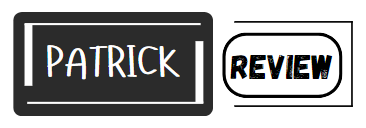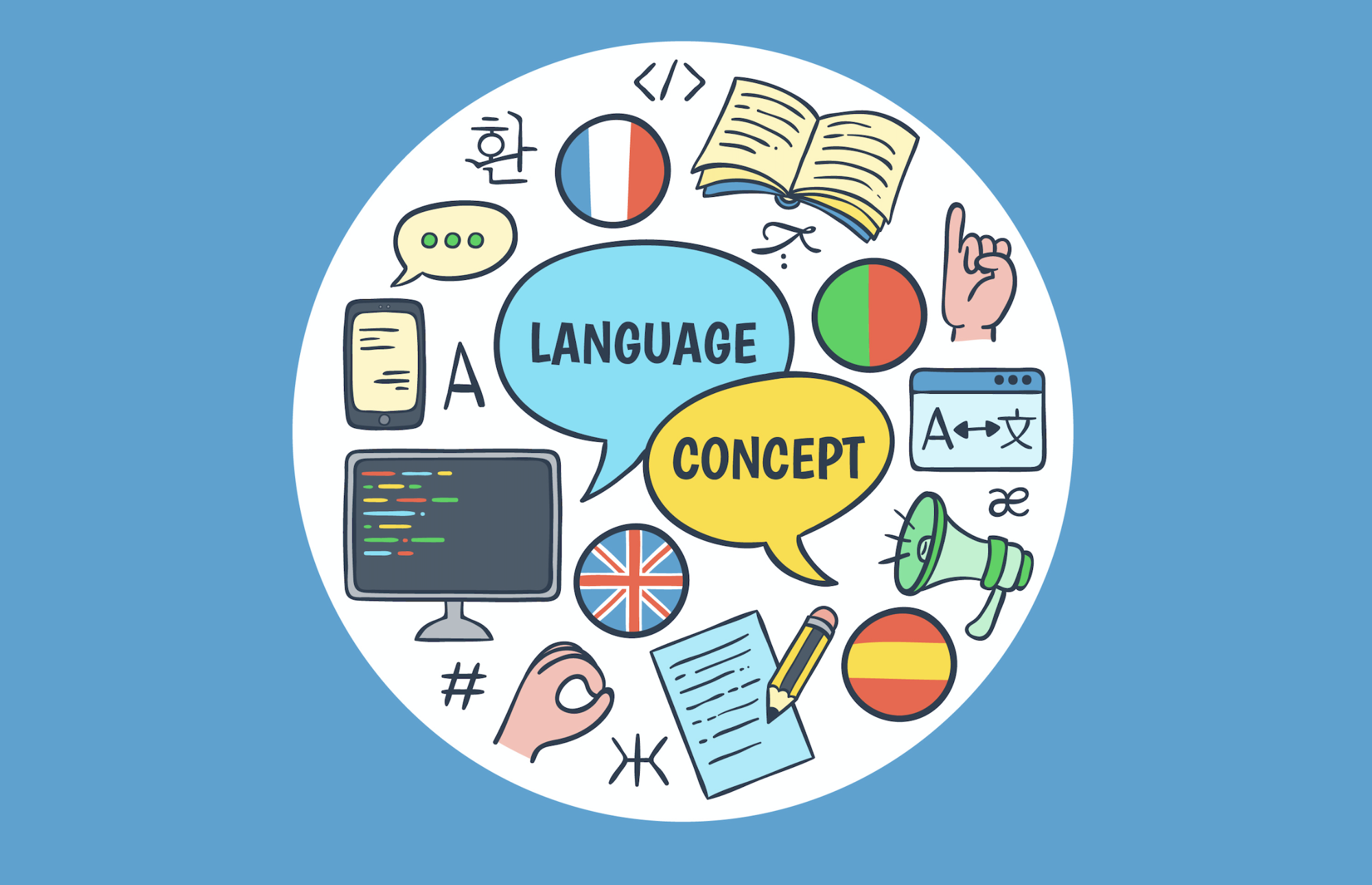When reviewing language learning resources, it’s important to consider their effectiveness in teaching the language, user experience, and the variety of learning tools they offer. Here’s a review of some highly regarded language learning resources:
Apps and Platforms
- Duolingo
- Overview: A popular app offering gamified language learning with a focus on vocabulary and grammar through interactive exercises.
- Strengths: Free to use with a user-friendly interface, gamified lessons, and a wide range of languages.
- Critique: Limited depth in advanced language skills and cultural context. Some users find the gamification less effective for in-depth learning.
- Babbel
- Overview: Provides structured language courses with a focus on conversation skills and practical usage.
- Strengths: Well-organized lessons, real-world conversations, and a focus on grammar and vocabulary.
- Critique: Requires a subscription, and some users may find the pace too slow.
- Rosetta Stone
- Overview: Uses immersive techniques to teach languages, emphasizing visual and auditory learning.
- Strengths: Effective for developing pronunciation and comprehension. Offers a wide range of languages and a comprehensive approach.
- Critique: Can be expensive, and some users might find the immersion method challenging without supplementary grammar explanations.
- Memrise
- Overview: Combines spaced repetition with user-generated content and multimedia to enhance vocabulary retention.
- Strengths: Engaging and interactive with a focus on memorization and practical usage. Includes video clips from native speakers.
- Critique: Limited focus on grammar and may not be as comprehensive as other platforms.
Online Courses
- Coursera’s “Learn Spanish: Basic Spanish Vocabulary” by the University of California, Davis
- Overview: Offers a structured approach to learning basic vocabulary and grammar.
- Strengths: High-quality content from a reputable institution, interactive quizzes, and peer interactions.
- Critique: Limited to basic vocabulary and may not be sufficient for advanced learners.
- edX’s “English for Career Development” by the University of Pennsylvania
- Overview: Focuses on improving English language skills specifically for career advancement.
- Strengths: Practical, career-focused content, and professional development opportunities.
- Critique: More suitable for English learners at an intermediate to advanced level.
Language Exchange Platforms
- Tandem
- Overview: Connects users with native speakers for language exchange through text, voice, and video chats.
- Strengths: Practical conversational practice with native speakers, flexible learning options, and cultural exchange opportunities.
- Critique: The quality of interaction can vary, and finding a suitable language partner may take time.
- HelloTalk
- Overview: Facilitates language learning through text, voice, and video exchanges with native speakers.
- Strengths: Large community, various language options, and built-in translation tools.
- Critique: Some users may experience challenges with finding committed language partners and maintaining regular practice.
Textbooks and Workbooks
- “Fluent Forever: How to Learn Any Language Fast and Never Forget It” by Gabriel Wyner
- Overview: Offers a methodical approach to language learning with a focus on pronunciation, vocabulary, and grammar.
- Strengths: Comprehensive, practical techniques supported by scientific research, and accessible writing.
- Critique: Some may find the method demanding or time-consuming.
- “The Practice of English Language Teaching” by Jeremy Harmer
- Overview: A resource for teaching English as a second language, useful for both learners and educators.
- Strengths: In-depth exploration of teaching methodologies, practical tips, and case studies.
- Critique: More suited for educators than for self-learners.
These resources offer a range of approaches to language learning, from apps and online courses to language exchange platforms and textbooks. The best choice will depend on your learning style, goals, and the language you’re studying.




Leave a Comment